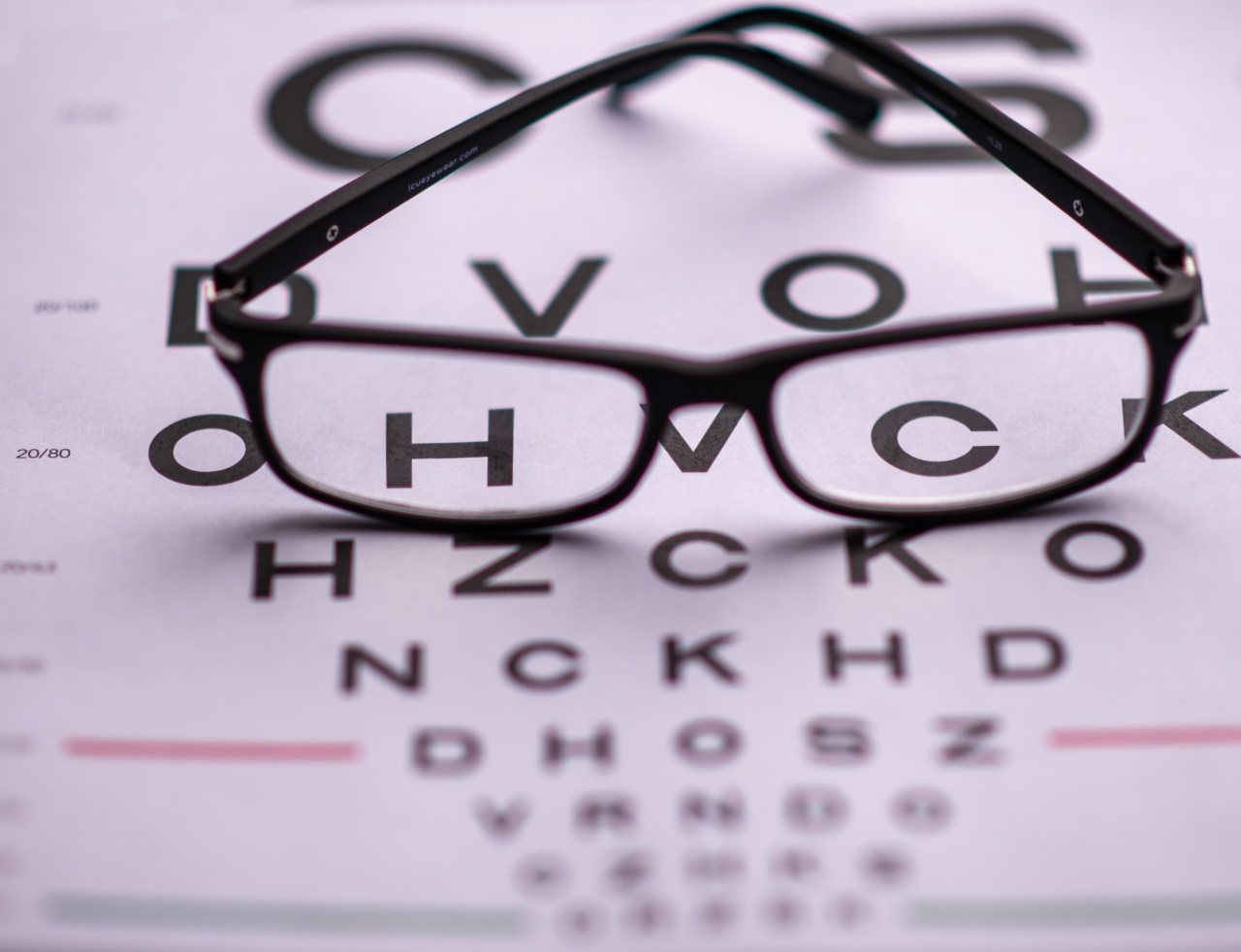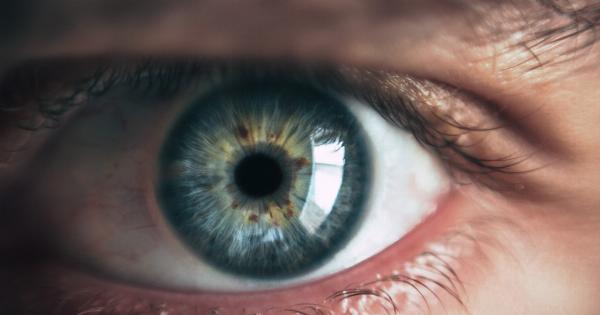Our vision is an incredible sense that allows us to perceive the world around us. However, like any other physical sense, our vision is not perfect, and there are blind spots in our field of view that we may not even be aware of.
These blind spots can have implications for our daily lives and can even pose risks in certain situations. In this article, we will explore what blind spots are, why they occur, and how you can identify them with a simple test.
What are blind spots?
A blind spot, also known as a scotoma, is an area in our visual field where we are unable to perceive images or objects. This occurs because of a specific arrangement of cells in the retina, called the optic disc, where the optic nerve exits the eye.
The optic disc lacks photoreceptor cells, which are responsible for detecting light and transmitting visual information to the brain.
Why do blind spots occur?
The arrangement of the optic disc results in a natural blind spot in each eye. However, we rarely notice these blind spots because our brain compensates for the missing information.
Our brain uses the information from the surrounding areas and visual cues to fill in the gaps, creating a seamless and continuous visual experience.
In addition to the natural blind spots, certain medical conditions or eye abnormalities can cause larger and more noticeable blind spots. These conditions may include glaucoma, macular degeneration, retinal detachment, or optic neuritis, among others.
In such cases, the blind spots may affect a larger portion of the visual field, leading to visual impairments.
Effects of blind spots in daily life
Even though our brain compensates for blind spots, they can still have implications in our daily lives. Here are a few ways blind spots can affect us:.
Driving
Blind spots in our peripheral vision are particularly concerning when it comes to driving. When changing lanes or merging, the blind spots can hide other vehicles or pedestrians, potentially leading to accidents.
Properly adjusting your side mirrors and using the rearview mirror can help minimize blind spots while driving.
Reading and writing
Blind spots can also impact our ability to read and write. When reading, especially longer lines of text, the blind spot may make it challenging to track the words effectively.
Similarly, when writing, we may miss certain parts of the text or experience difficulty in maintaining a consistent line of text.
Social interactions
Blind spots can even affect our social interactions. In crowded places, we may not notice people or objects in our blind spots, leading to collisions or unintentionally ignoring someone trying to get our attention.
Being aware of our blind spots can help us navigate social spaces more effectively.
Identifying blind spots with a simple test
Now that we understand the concept of blind spots and their potential impact, let’s explore a simple test to help you identify your own blind spots:.
Materials needed:
To perform this test, you will need the following materials:.
- A blank piece of paper with a small dot drawn in the center
- A ruler or measuring tape
- A pen or pencil
Procedure:
Follow these steps to identify your blind spots:.
- Sit in a well-lit room and place the blank piece of paper at eye level.
- Close your left eye and focus your right eye on the dot in the center of the paper.
- Hold the ruler or measuring tape vertically with the zero point at the same level as the dot.
- While focusing on the dot, slowly move the ruler to the right while maintaining your gaze on the dot.
- At a specific distance, around 15-20 inches, you will notice a point where the ruler disappears from your field of view.
- Make a small mark on the paper when the ruler disappears.
- Repeat the process with your right eye closed and your left eye focused on the dot.
Interpreting the results:
After completing the test, you will have two marks on your paper, each corresponding to the blind spot of each eye. These marks indicate the areas where your vision is compromised due to the absence of photoreceptor cells on the optic disc.
By repeating this test multiple times, you may also notice variations in the size or location of your blind spots, which can be influenced by factors such as fatigue, eye health, or optical conditions.
It’s essential to remember that the test provides an approximate estimation of your blind spots and may not be as accurate as specialized medical evaluations.
Conclusion
Blind spots are a natural occurrence due to the structure of our eyes and the absence of photoreceptor cells at the optic disc.
While our brain compensates for these blind spots, they can still have implications for our daily lives, particularly in situations like driving, reading, writing, or social interactions.
By performing a simple test using a blank paper and a ruler, you can identify the approximate location of your blind spots. This awareness can help you be more cautious and mindful of potential hazards and challenges in your field of view.
Remember, this test is not a substitute for professional medical evaluations, especially if you suspect any underlying eye conditions or experience significant visual impairments.
Consulting an eye care professional is always recommended for a comprehensive assessment of your visual health.




























